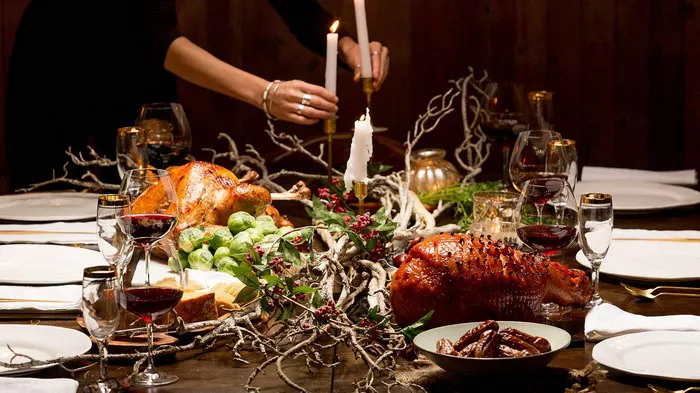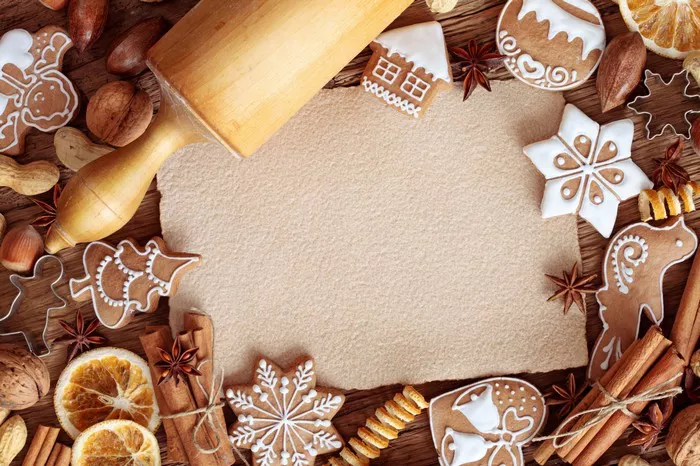The holiday season is a time of joy, celebration, and the warmth of traditions that have been passed down through generations. One such tradition that has captured the hearts of many is the mistletoe tradition. Hanging mistletoe in your home and stealing a kiss underneath it is a cherished custom for many during this festive season. But did you know that mistletoe traditions vary around the world? In this article, we will explore 10 great mistletoe traditions that you should know, shedding light on the fascinating customs associated with this festive plant.
1. Origins of the Mistletoe Tradition
Mistletoe has been a symbol of love and fertility for centuries. It is believed to have originated with the Druids, who saw it as a sacred plant with mystical powers. They used it in various rituals and believed it could bring good luck and ward off evil spirits. Over time, this tradition evolved into the popular holiday custom we know today.
2. The Kissing Tradition
Perhaps the most well-known mistletoe tradition is the kissing tradition. Hanging mistletoe in a prominent place in your home and sharing a kiss underneath it with someone you love is a delightful holiday ritual. It’s a simple and sweet way to express affection and bring people closer together during the holiday season.
3. Scandinavian Mistletoe Customs
In Scandinavia, mistletoe is associated with the story of Frigga, the goddess of love and fertility. It is said that Frigga used mistletoe to bring her son, Balder, back to life after he was killed. As a result, mistletoe is considered a symbol of love and reconciliation in Scandinavian cultures.
4. Celtic Beliefs and Mistletoe
Celtic traditions also held mistletoe in high regard. They believed that mistletoe had healing properties and could protect against malevolent forces. The Celtic druids would cut mistletoe from oak trees using a golden sickle during the winter solstice.
5. Mistletoe in Ancient Greece
In ancient Greece, mistletoe was associated with the god Apollo and was believed to have healing powers. It was often used in herbal remedies and rituals to ward off disease. The Greeks also saw mistletoe as a symbol of peace.
6. Mistletoe in Literature and Art
Mistletoe has left its mark in literature and art throughout history. It has been featured in poems, paintings, and stories, often symbolizing love, hope, and renewal. Its presence in artistic expressions has contributed to its enduring appeal.
7. Mistletoe in Modern Times
Today, mistletoe is a beloved holiday tradition in many countries around the world. It can be found in homes, public spaces, and even in holiday movies and songs. The tradition of kissing under the mistletoe continues to bring joy and romance to the holiday season.
8. Mistletoe Varieties
Mistletoe is not a single plant but a group of parasitic plants that grow on various host trees. Different varieties of mistletoe are found in different regions, each with its own unique characteristics and folklore.
9. Harvesting and Preparation
For those who want to incorporate mistletoe into their holiday traditions, knowing how to harvest and prepare it is essential. Proper handling ensures that the mistletoe remains fresh and vibrant throughout the holiday season.
10. Conservation and Sustainability
As mistletoe traditions continue to thrive, it’s essential to consider the sustainability of mistletoe harvesting. Some mistletoe species are threatened due to over-harvesting, highlighting the importance of responsible mistletoe procurement.
In conclusion, mistletoe traditions have a rich and diverse history that spans cultures and centuries. Whether you’re stealing a kiss under the mistletoe, decorating your home, or simply appreciating the symbolism, understanding these traditions can deepen your appreciation for this festive plant.























